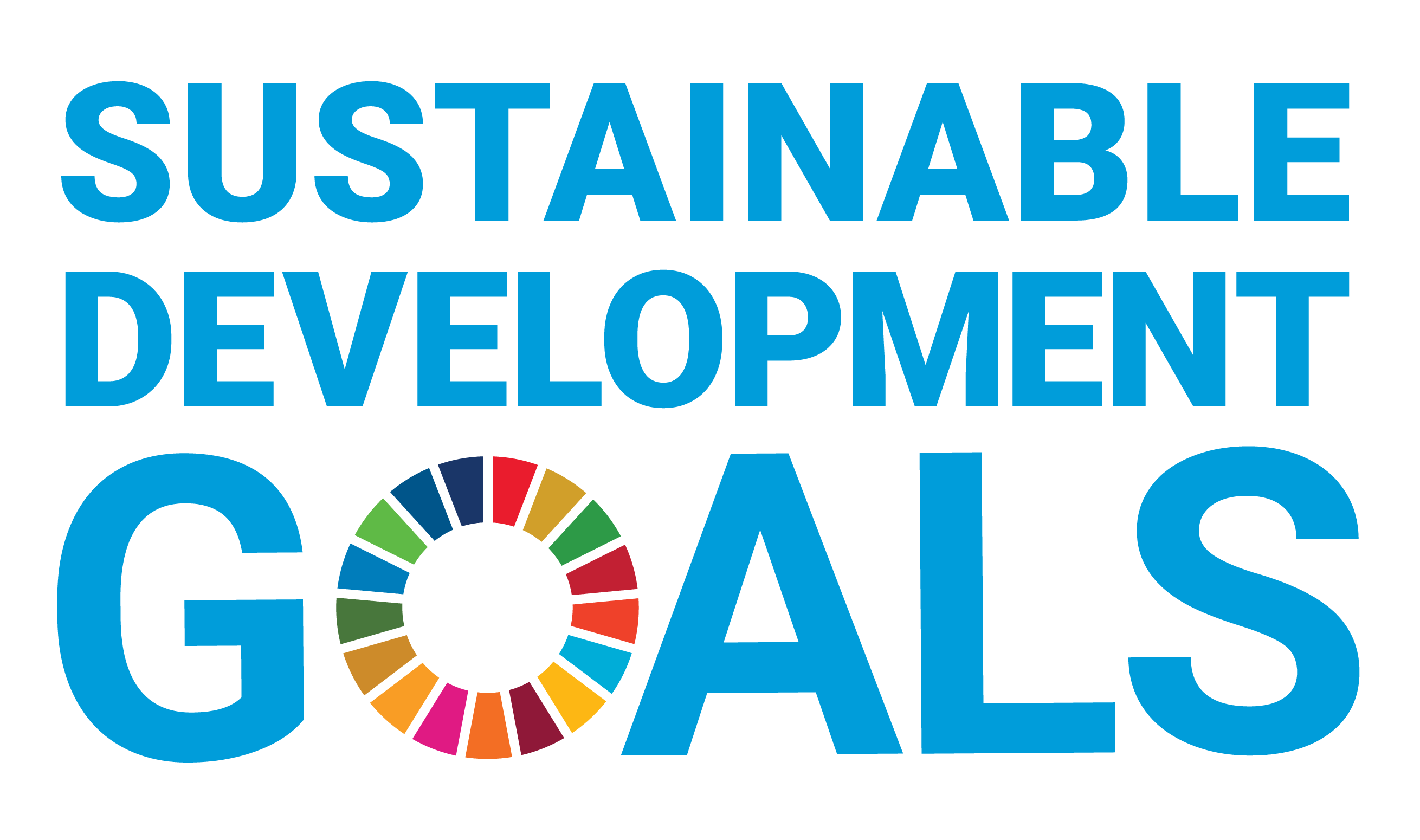An Outcomes-based Evaluation of the Mindfulness for Safe Schools Program
Document Type
Article
Publication Date
2022
Abstract
Objectives. The objective of this evaluation was to assess the effectiveness of Mindfulness for Safe Schools, a mindfulness-based intervention adapted for sexual abuse prevention during peer-to-peer dating among Filipino public school children in Grades 7 and 8. It was hoped that through the intervention, children would be able to regulate their emotions so that they do not react impulsively to emotionally stimulating events, especially during peer dating. The study consists of four levels of evaluation: reaction, learnings, and behaviors of teachers toward the program, as well as effect of the intervention on emotion regulation and peer conformity among students.
Methods. This study utilized a mixed methods design using a concurrent embedded method. For teachers, quantitative surveys and focused group discussions were conducted to determine their reactions to the training, their learnings, and behaviors after the program, as well as their observations of students’ responses to the intervention. Focused group discussions were analyzed through thematic analysis. Effect of the program on emotion regulation and peer conformity among students were determined mainly through a pre and post-test survey and analyzed through paired samples t-test. Video content analysis of the classroom delivery was also conducted to determine student engagement during the program.
Results. Teachers reacted favorably to the training workshops and were able to use what they learned from the workshops to increase their patience and understanding towards themselves, their job, and their students. Students also reacted favorably to the Mindfulness for Safe Schools modules and were observed to use the skills taught in the modules to regulate their emotions. Emotion regulation improved (t=3.47, significant with p=0.00) and susceptibility to peer pressure decreased (t=8.94, significant with p=0.00) for Grade 8 students (n=950) after the modules were delivered. However, teachers reported implementation issues, such as conflicting requirements of the program with their official workload, which may have affected program effects.
Conclusion. Our findings indicate that Mindfulness for Safe Schools was associated with improvements in emotional awareness, management of negative emotions, and showing care and respect for student peers. It also suggests that integrating mindfulness interventions in schools requires close coordination with all stakeholders: teachers, schools, and appropriate government divisions to ensure fidelity and reaching desired effects.
Recommended Citation
Fernandez, M. G. H., Lopez, G. D., Mesa, M. L. R. A., Fernandez, K. T. G., Madrid, B. J., Dans, L. F., & Lina, S. G. A. (2022). An Outcomes-based Evaluation of the Mindfulness for Safe Schools Program. Acta Medica Philippina, 56(15). https://doi.org/10.47895/amp.v56i15.6157



